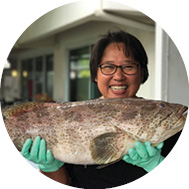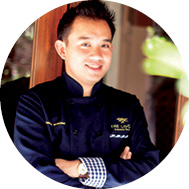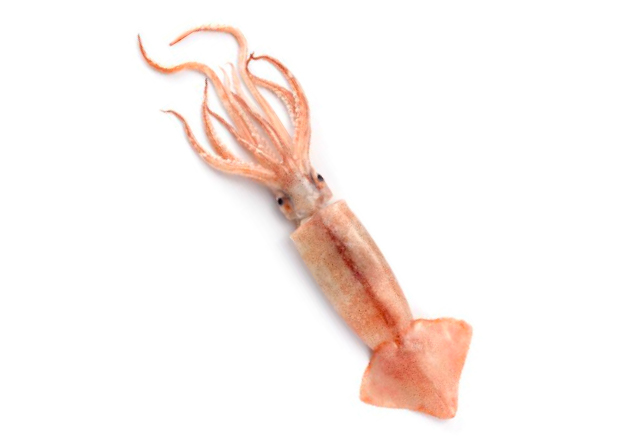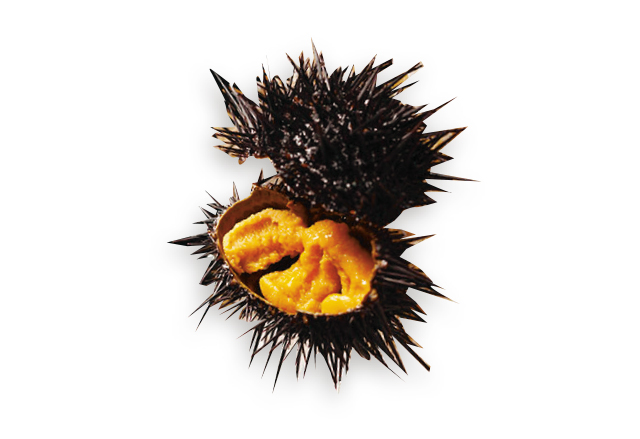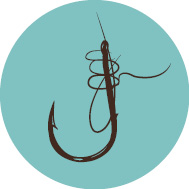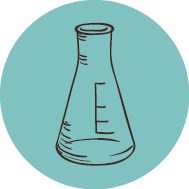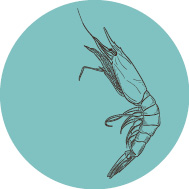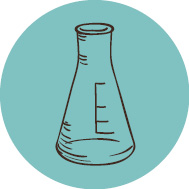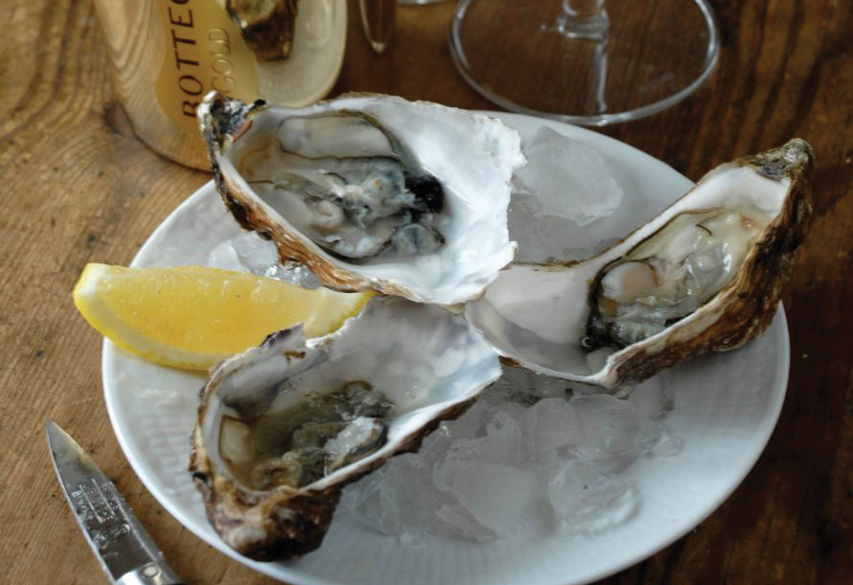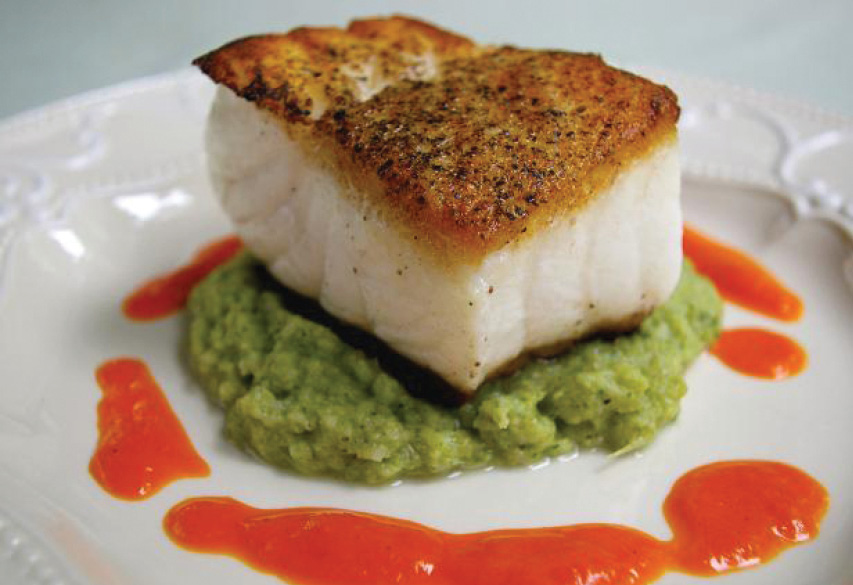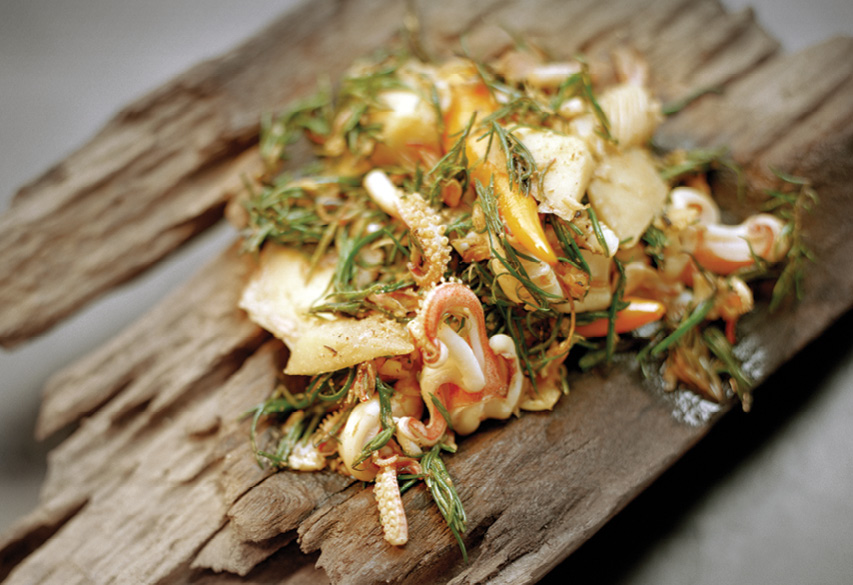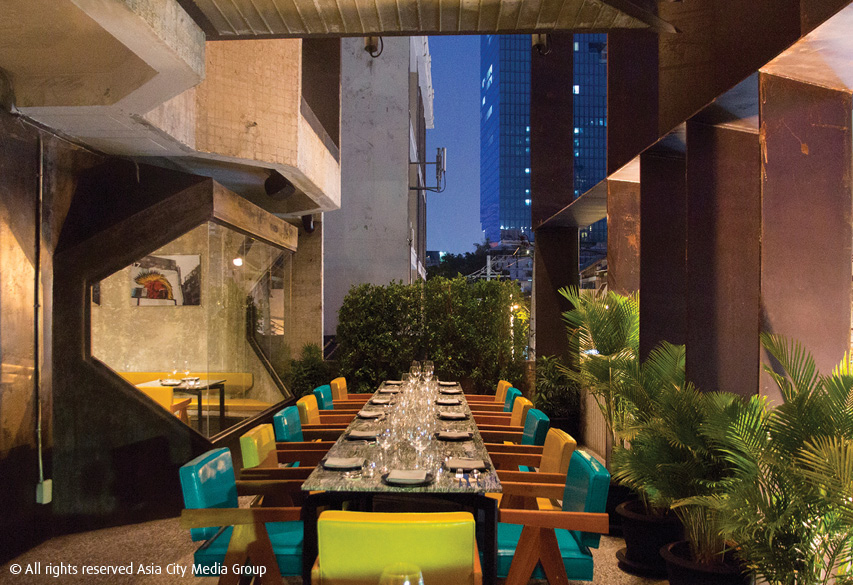When the United States’ 2017 Trafficking in Persons report came out last June, Thailand failed to get upgraded from the Tier 2 Watch List category, which is reserved for countries that fail to meet the minimum standard for combating labor abuses. But human rights abuses are just one of multiple problems plaguing Thailand’s seafood industry. While the country has remained on the EU fisheries’ “yellow card” for its failure to safeguard against illegal fishing practices, the serious concerns about the freshness and chemical treatment of Thai seafood persist across the industry. Meanwhile in Bangkok, seafood restaurants have never been more thriving. Here, experts from across the industry, from NGOs to seafood suppliers to academics, explain why the problems aren't likely to be solved anytime soon.
Supaporn “Nuch” Anuchiracheeva
Coastal management PhD graduate Supaporn “Nuch” Anuchiracheeva heads Pla Organic, Thailand’s first and only fishery with the Organic Agriculture Certification Thailand (ACT). With EU funding to bring the catch from small-scale fisheries in seven provinces—Satun, Krabi, Phangna, Songkla, Patalung, Petchaburi and Pattani—to market in Bangkok, Nuch is creating a network that supports the livelihoods of fishing communities dedicated to sustainable practices.
What makes Pla Organic different from other seafood suppliers?
Any conscious consumer is concerned about traceability. That’s why the perception of the seafood Thailand exports to the EU is so negative. But with Pla Organic, we’ve built up a model that allows us to connect with fishermen so that we can detect how our seafood is caught, whether it’s environmentally friendly whether it comes from safe areas free from pollution. Our fish are labeled as the first organic seafood in Thailand. I personally thought the situation was hopeless before starting this business, but after working with these fishermen, I can see the potential for growing a sustainable, open network of fisheries in Thailand.
How do you ensure the fisheries in each of those seven provinces match your standards?
It’s authority distribution. We let the head of each group of fisherfolks keep records themselves. You have to see the big picture first: 80 percent of our fishermen cruise from small ports in their villages to go fishing every three days. In Western countries, most fish are caught from big fishing boats that float around the ocean for months and register their activity at the beginning and end of each journey. If you adopted the exact same policy in Thailand, government officers would have to tackle thousands of logbooks every three days. So we had to come up with a different pattern to achieve the same goal.
What new implementations have been made against the EU yellow card?
At first, the yellow card from the EU was like a wake-up call to the government. They have been trying to improve things, but the laws are being adjusted in line with Western models by people who don’t really understand the practices of Thai fishermen, and without even communicating with them. They have limited fishing to within a three-mile zone of the coastline, but how can you dump 80 percent of fishing vessels in a three-mile scope? It doesn’t matter how big the nets they use are—the sea within three miles of the coast will be emptied. The nature of small-scale fishing boats means that they actually use line-catching methods for big fish such as barracuda, so it doesn’t matter if they fish in the deep ocean.

Bill Marinelli
New Yorker Bill Marinelli owns The Oyster Bar Bangkok (see page 8), a long-established restaurant off Narathiwat Road that specializes in sustainable seafood. A trained marine biologist, Marinelli has been in the industry of trading shellfish and other seafood for decades. His company, Marinelli Shellfish, has operated since 1982 and is now one of the largest distributors of half shell oysters in the world.
I’ve heard that you’ve never used local seafood at The Oyster Bar. Why?
My main concern is water pollution. There are no standard laws protecting water quality, whether it’s for farming or wild-caught seafood. Once, I asked a guy responsible for fisheries in Thailand, who has the same marine biologist degree as me, “Would you drink the water in Surat Thani if I were to take the salt out?” He said no, it’s way too polluted. They know the problems, yet nothing has changed for decades. Oysters are filter feeders. They pick up viruses and bacteria from plankton. Farming is no less scary. The farm I went to observe last week in Samut Songkram shares the water for its shrimp and crab farms with the surrounding factories that make soap, sulphate and fertilizer, as well as a shipyard.
Should we be concerned with overfishing in Thailand?
Certainly! Three to four years ago I went to Mahachai Market several times with some chefs, and we only found tiny fish. They’re harvesting baby fish around Thailand. Maybe we have no more babies. We have to stop fishing for a very, very long while and set up strict marine reserves. But that won’t happen when there’s CP, Unilever. These big companies don’t care much about sustainability.
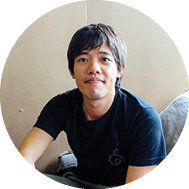
Sirachai “Shin” Arunrugstichai
Marine biologist and underwater photographer Sirachai “Shin” Arunrugstichai works with Thailand’s marine conservation groups, collaborating on shark research and conservation projects throughout Southeast Asia. His underwater photography has won 22 international awards since 2012.
Can you briefly tell us about the shark research you’ve worked on?
Thailand recently ranked the no. 1 country in the world for exporting shark, because of the demand for shark fin. Sharks are the top predator in the ocean. They control the food chain. They also give an incredibly low birth yield of just 10-20 pups a year.
What’s wrong with our seafood industry?
It’s been messed up for a long time. The policies to protect seafood are so weak. The decreasing number of edible fish is a serious concern. The methods we use to catch fish are shameful, aiming to get the highest yield, most of which ends up in animal feed.
Do you see any hope for the future?
We rank as one of the worst countries in the world for many of the seafood industry’s most negative issues. We need to accept the problems and start tackling them now, not just turning a blind eye. Our laws are not effectively managed or enforced.
Tanaporn “Can” Markawat
As the owner of Crab & Claw, Tanaporn “Can” Markawat is responsible for Bangkok seafood trends like lobster rolls and uni pasta. He’s also part of the team that owns The Local by Oam Thong, Kinkao and Naj Exquisite Thai Cuisine.
We’ve heard that you use local seafood at your Thai restaurants. How do you guarantee the quality?
We buy directly from the right sources in reputed fishing villages. This also allows us to sell at the optimum price point. The price you pay for fish in Bangkok is at least 3-4 times higher than if you buy directly from fishermen in harvesting provinces.
But many people say that our local seafood is not safe.
That makes sense because the origin of Thai seafood cannot be traced, since it comes from family-scale fisheries. Even restaurants sometimes don’t know where the fish they serve is sourced from. Many people argue that the oysters here are not clean. I believe Thais can eat them because we have built up a strong immune system. I also eat Thai oysters regularly. With nam jim seafood sauce and some herb condiments, they are tasty.
What Thai fish do your restaurants normally serve?
It depends on the daily catch. Customers always ask for pla kapong tod nampla (fried baramundi with fish sauce), though we have other rare and tasty fish like pomfret. Surprisingly, Thai people don’t know other kinds of fish. We only have the cooking know-how to eat it fried, and don’t consider the right seasons.
Chemical Dependence
Three of the most common chemicals used to treat seafood
Formalin
What is it: A 37-50 percent-concentrate solution of formaldehyde, often with 10 percent methanol.
What’s it for: Making fish look fresher than it is.
What can it do to you: It's listed as a probable cause of cancer.
Bleaching agent
What is it: A mixture of water and 38-percent hydrogen peroxide or haiter-like agents.
What’s it for: Maintaining the white appearance of squid, cuttlefish and other mollusks, which turn red and swollen when left dead and immersed in water.
What can it do to you: Can cause allergic reactions such as dizziness and trouble breathing.
Alum
What is it: A compound of aluminum in saltwater.
What’s it for: giving sea urchin firmer texture and pumpkin-like yellow color. It will result in a bitter flavor.
What can it do to you: There's no study that clearly testifies against alums's long term health risks.
What makes seafood “organic”?
Pla Organic is the first and only organic-certified seafood distributor in Thailand, according to the Organic Agriculture Certification Thailand (ACT). Its criteria are as follows:
1. Harvesting legally with minimum impact on the environment. Fisheries must use four-inch mesh nets. They must also not harvest from certain prohibited areas, and not harvest crabs with external eggs.
2. Seafood must be free of chemicals and synthetic substances, whether it is during harvesting, grading or transporting.
3. Harvesting must take place in areas that are not ecologically fragile, and which are far enough away from potential sources of pollution.
4. All seafood must be traceable, with a clearly defined record of transportation and where the fish was harvested.
Numerology
70%
The amount of fish caught by trawlers that ends up getting mashed up for animal feed and used in hormones and pesticides.
4-5 Kg
The amount of fish you need to feed farmed salmon in order to produce 1kg of salmon meat.
300 Kg
The amount of fish trawler boats caught per hour in 1967.
17.6 Kg
The amount of fish trawler boats catch per hour in 2017.
6%
The amount of unspoiled coral reef left in Thailand’s seas.
10%
The quantity of sharks left in Thai seas compared to 2007. According to this statistic, Thailand is losing its sharks faster than any other country.
Menu Speak
You’ve probably seen stuff like “snowfish” and fine de claire oysters on Bangkok menus, but do you actually know what the terms mean? Here are a few things you should be aware of:
Kumamoto Oysters
From Japan, right? Probably not. Kumamoto or kushi oyster seeds are now raised in United States, where most of the stuff in Bangkok comes from. “When you spawn something over and over again, genetic mutation tends to occur,” says Bill Marinelli. “And that has happened now with these oysters.”
Fine De Claire
Though it’s a French phrase, fine de Claire has nothing to do with where an oyster is from, but rather how they’re produced: in knee-deep ponds that, in French, are called claire. But fine de claire is regularly used as a marketing term to represent something more premium. Regularly the fine de claire oysters you eat in Bangkok will come from Vietnam—at a hugely lower cost than genuine French fine de claire oysters.
SnowFish
Also sometimes called “Chilean sea bass,” both of which are marketing names for Patagonian tooth fish, a frighteningly overfished species found in cold oceans. Thanks to their premium price tag, they are often illegally fished.
Bangkok's Best Restaurants for Sustainable Seafood
A big supporter of Pla Organic (see page 4), chef couple Bo Songvisava and Dylan Jones regularly buy from the organization based on whatever seafood it can provide. They are also trying to implement their own changes to the supply chain, having recently organized a trip to Krabi for the chefs from Nahm and Appia to educate fishermen on seafood preservation methods that don’t require chemicals—while introducing them to a premium Bangkok market.
24 Sukhumvit Soi 53, 02-260-2962. Open Tue-Sun 6pm-1am; Sat-Sun 12-2pm, 6pm-1am. BTS Thong Lo
This fortress of concrete and steel run by chef Arnie Marcella applies contemporary American techniques to Thai produce. What they don’t boast so loudly about is the seafood that’s line-caught by one of their partners himself, Natakorn “Thumb” Chaengrew. Try it now in dishes like the Spanish mackerel with young tamarind and pickled mushrooms, and fussili with baby octopus braised inspicy tomato basil sauce.
118/2 Sathorn Soi 12, 092-563-9991. Open daily 5:30pm-1am. BTS Chong Nonsi
This one's all about New England-style seafood. Don your bib and prepare to get your hands dirty by digging, hammering and cracking into shellfish dishes like the whole Maine lobster (B1,900) and crab roll (chilled snow crab on a bun, B350/650), or clam chowder (B240) and oyster Rockefeller (B420).
7/F, EmQuartier, Sukhumvit Rd., 02-261-0249. Open daily 11am-10pm. BTS Phrom Phong
Sea Truffles made its name providing sea urchin to top restaurants around Bangkok, but has now branched into its own counter at The Opus Thonglor’s new Commons-style food court. Here, they guarantee that the bafun uni—the sub-species of sea urchin most commonly served in premium restaurants—is harvested from the Pacific island of Palau and free from any firming chemicals or preservatives. A dish of uni udon will set you back B449.
The Opus, Thonglor Soi 10, 081-694-4186. Open daily 5-11pm
Bill Marinelli has a serious incentive for Bangkok to switch to the kind of sustainable fisheries and oyster farms he exports from the USA and Canada. But it’s hard to disagree with an oyster from Nootka Sound that’s “plump and rich, with a sweet, cucumber like finish” or one from Samish Bay that’s “fat and lustrous.” Flown in twice a week from North America, his bounty also includes king and snow crab, lobsters, mussels and clams.
395 Narathiwas Soi 24, 02-212-4809. Open Mon-Sat 6-11pm; Sun 12-2:30pm, 5:50-10pm
